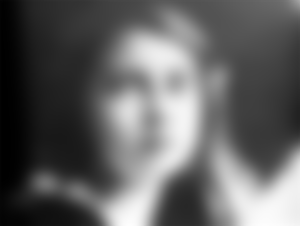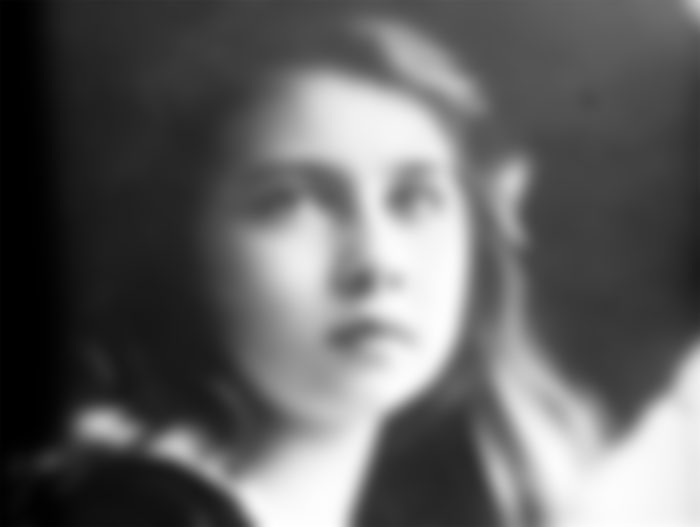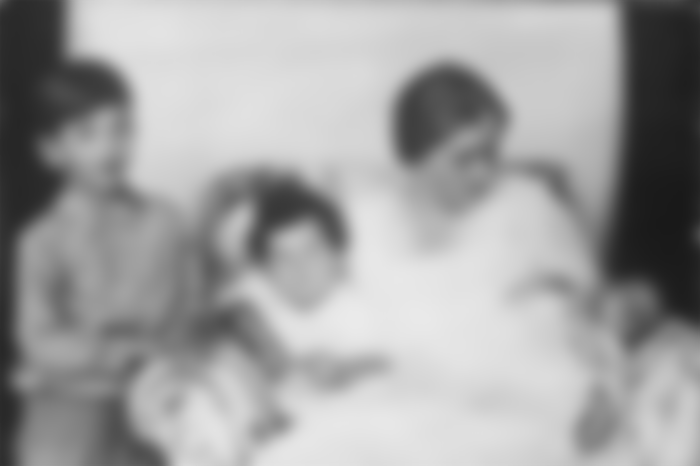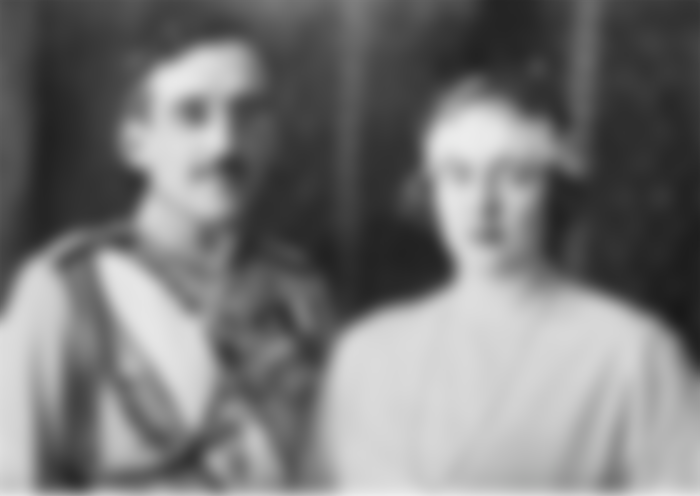As World War II raged and the world faced unimaginable horrors, packages discreetly arrived in camps across Europe. The sender was a certain Marija K. Đorđević, and food and clothing helped prisoners from all over Yugoslavia to get through the hard days. Few people knew that, but they were gifts from their queen - Marija Karadjordjevic.
Contemporaries say that she was everything that the people wanted from the ruler at that time - a good wife, a devoted mother, a hardworking housewife and a dignified queen who had a kind word for everyone - Marija Karađorđević

She was born as the third child of Romanian King Ferdinand. She was a namesake with her mother, but was soon nicknamed Mignon. Some say it's because she was "sweet as a minion." Others say she was nicknamed after an opera her mother watched just before she gave birth to her. However, "Mignon" Maria soon became one of the most beautiful princesses in Europe. Apart from beauty, she was a very educated lady - she was educated in the most prestigious schools, and in addition to Romanian, she spoke excellent English, German and French. She soon spoke Serbian. She married the Yugoslav king of "unifiers" - Aleksandar Karadjordjevic. They say that the popularity among the people began to gain even before the wedding, when from the balcony of the Old Palace, after she came to her new homeland for the first time, she greeted those gathered and said: "I thank you from the bottom of my heart!"
Queen Mary and King Alexander soon became role models for all European royal couples. They lived in harmony and seclusion, and the marriage was crowned by three sons - Peter, Tomislav and Andrej. It didn't take long for Queen Marija to buy the hearts of the ladies of Belgrade with her elegance and sophistication. But even more than that… she was loved by ordinary women, citizens as well as villagers, and she gave them back by opening schools, hospitals, kindergartens and donating money to charities. She was active in the charity organization Kolo srpskih sestara, and helped hard-working, poor students to continue their education.

Queen Mary was an old-fashioned driver!

One of Queen Mary’s greatest loves was she for cars. At a time when in the world of women drivers could be counted on the fingers of one hand, Queen Marija was rolling the steering wheel on the streets of Belgrade, leaving the royal entourage on horseback in the dust. With all that modesty, she was one of the first women with a driver's license, and she loved beautiful cars very much. In one of them, on October 8, 1959, on the 25th anniversary of the murder in Marseille, she arrived in Paris, where she was awarded the Order of the Legion of Honor by the President of France, General Charles de Gaulle.
A 34-year-old widow and three sons!

Queen Mary's happiness was clouded by two events. The first happened one October day in 1934, when King Alexander was assassinated in Marseilles. The queen endured her pain with dignity, becoming a widow with three sons at the age of 34, of whom the eldest had 11 and was to become king. The queen closed her eyes and sighed. She didn't cry. After a slight faint and calm drops were taken, she said firmly: "He died on duty, and that is a death he deserves" - reads the report submitted to the French government that day by the commander of the Lyon police, who told Queen Maria that he was her husband was assassinated. She wore black for two years, completely turning to her sons' education and charity work during that time. In the years that followed, she took care of the Red Cross Society, signed the Charter of the Rights of the Child, and donated to dozens of humanitarian organizations. Queen Marija used personal funds to help build the Children's Clinic in Tirsova Street and the Institute of Oncology in Belgrade.
"People's Queen" without country and people!
Another event that irreversibly changed the life of the "people's queen" was the beginning of World War II and the departure from Yugoslavia. As history has shown, that departure was - forever! During the war years, few people in the occupied country heard about Queen Mary. And yet, she worked tirelessly for them - through the Red Cross Committee, by the end of 1943, about 7.5 million kilograms of consignments had been sent to prisoners in camps throughout war-torn Europe, of which about 5.5 million kilograms were food. In order for the occupier not to find out who was actually sending the packages, the queen signed them as Marija K. Đorđević.
By that time, Queen Mary's life had changed radically. She lived with her sons Tomislav and Andrej in a small country house on the "Old Mill" estate of the King of London. When it became certain that they would never return to Yugoslavia and when the new government took away all their privileges and property, the family retired to the property in Kent. Queen Mary continued her life with a peaceful village life. Her sons were engaged in agriculture, and she did housework, and in her free time she painted and sculpted. She also painted and studied art history. She continued to celebrate the family's baptismal feast, she respected all Orthodox holidays, especially Christmas and Easter, but her health was slowly leaving her.

Towards the end of her life, the queen, who did not mind becoming a farmer, was left without funds and was forced to sell jewelry. Her last official recording was made to show the public her extremely valuable tiara, which was offered for sale. Queen Mary died at the age of 61. According to Orthodox customs, the indebtedness Mass was served in the church of St. Sava in London, which she built. She was buried in Windsor, near the tomb of Queen Victoria of England, her great-grandmother. Today, her remains rest in Oplenac, in the family church of the Karadjordjevic dynasty





As i am a that have bud luck that is suffering of not upvote from 3 months ago